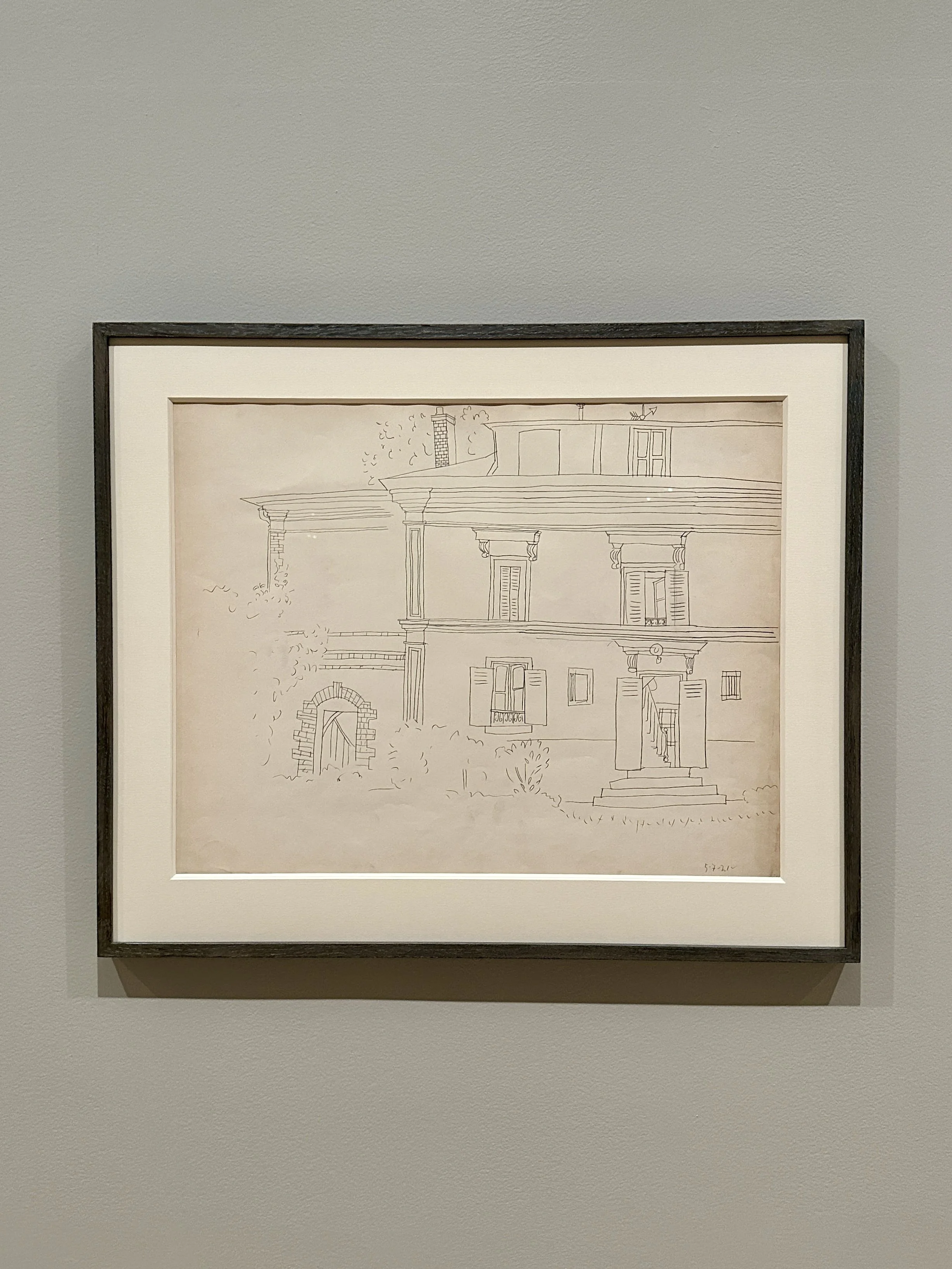A Journey through 'Picasso in Fontainebleau' at MoMA
Picasso in Fontainebleau
Through Feb 17, 2024
MoMA-Musuem of Modern Art
During the summer of 1921, Pablo Picasso found an unconventional haven for his creative endeavors – a garage in a rented villa in Fontainebleau, France. Despite the unexpected setting, he immersed himself in prolific work, producing a remarkable body of art. Notably, he crafted two awe-inspiring, six-foot-high canvases, Three Women at the Spring and Three Musicians (seen below), in close succession. This exhibition, "Picasso in Fontainebleau," will reunite these monumental paintings, offering a glimpse into the artist's transformative three-month residency in this improvised studio. The showcase will also feature additional works from this period, complemented by a collection of photographs and archival documents, providing a comprehensive perspective on Picasso's creative journey during this pivotal time.
In juxtaposition to the awe-inspiring 6-foot rendition of "Three Women at the Spring," Picasso ventured into the creation of several more diminutive oil paintings bearing the same evocative title.
Installation view of the exhibition “Picasso in Fontainebleau.” (Via: MoMa)
“This version of Three Women at the Spring in red chalk does not appear in photographs of Picasso's studio, but its medium and subject situate the work in Fontainebleau. Red chalk was introduced to France by the Italian Mannerist Francesco Primaticcio, a key figure in the School of Fontainebleau, and the spring depicted by Picasso at the work's center recalls the Fontaine Napoléon, a local landmark. Built in 1868, the rocky fountain had a semicircular design and was located along the footpath between Picasso's summer home and the Château de Fontainebleau.” (Via: MoMa Staff)
Description
Exploring Picasso's seemingly opposite styles and artistic processes during a three-month summer vacation
In the summer of 1921, on the west wall of his improvised garage studio in Fontainebleau, France, Pablo Picasso painted two large-scale and astonishingly different-looking pictures side by side. The visual dissonance of this pairing still has the ability to shock. Yet, a close look at Picasso's handling of materials, studio installations and fluid understanding of style reveals that these two seemingly incompatible works have more in common than meets the eye, as do other monumental works on canvas, small paintings, line drawings, etchings and pastels that he created in Fontainebleau during his brief three-month residency.
While exploring this exhibition, I couldn't help but be intrigued by the sheer abundance of artworks produced in just one summer. What caught my attention even more was the initial absence of oil pigments and the limited color palette in the oil-based works. Additionally, I observed a predominant use of graphite or red chalk in many pieces, sparking curiosity about the artist's decisions and pondering whether the artist encountered material constraints during his time in Fontainebleau or if this deliberate choice hinted at a nuanced artistic strategy.
It seems like Picasso's inspiration appeared to derive from two sources: domestic life and the depiction of scenes within the villa. One notable subject, 'Three Women at the Spring,' served as a recurring theme in his work, explored across various mediums and dimensions. While these intricacies may be subtly missed, they provoke inquiries into the artist's intentions and the contextual factors shaping his stay at Fontainebleau.
This expansive canvas, part of a series inspired by The Nymph of Fontainebleau, draws on Picasso's masterful use of charcoal over a silvery oil primer to echo a sixteenth-century engraving. The monochromatic tones imbue the figure with a statue-like quality, prompting contemplation on whether it portrays a reclining woman in a landscape or a dynamically animated sculpture. This work raises questions about its nature—whether an allegory of the female form as a fount of artistic inspiration or an exploration of art referencing art.
Pablo Picasso, The Spring, Charcoal on Canvas, 1921
Installation Views
〰️
Installation Views 〰️















